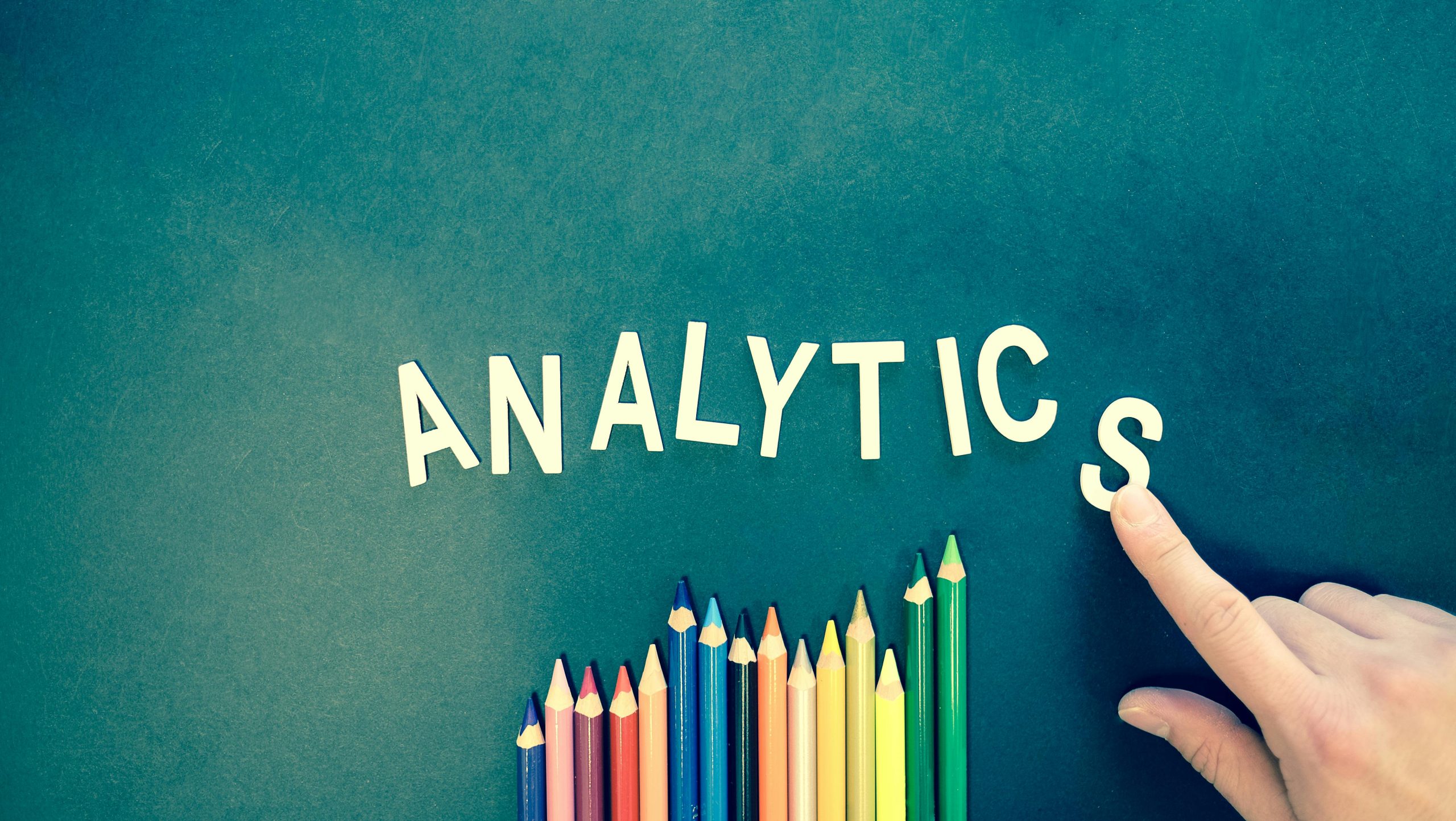Introduction: The Role of Predictive Analytics in Marketing
The marketing landscape is continually evolving, becoming more data-driven and analytical. Predictive analytics stands at the forefront of this transformation. It involves using historical data, statistical algorithms, and machine-learning techniques to predict future outcomes. For marketers, predictive analytics is a powerful tool for understanding and anticipating customer behavior and market trends.
How Predictive Analytics Works: A Guide for Non-Technical Marketers
Predictive analytics is a three-step process:
- Data Collection: Gathering data from various sources like customer databases, social media interactions, market surveys, and transaction records.
- Data Analysis: Using statistical models and machine learning algorithms to analyze this data and identify patterns.
- Prediction Making: Making informed predictions about future trends and customer behaviors based on these patterns.
For marketers, this means transitioning from a reactive approach to a proactive strategy, anticipating customer needs and market shifts.
Application in Various Marketing Fields: From Social Media to Email Marketing
Predictive analytics is versatile and finds use in various marketing domains:
- Social Media Marketing: It helps forecast trends and identify influential content on social media platforms.
- Email Marketing: Predictive analytics can determine optimal email send times and personalize content for higher engagement.
- Customer Segmentation: It assists in categorizing customers based on their purchasing behaviors for more targeted marketing.
- Product Recommendations: E-commerce platforms use it for personalized product suggestions.
- Lead Scoring: It helps in prioritizing leads based on their likelihood of conversion.
Case Studies: Real-World Examples of Predictive Analytics in Action
- Amazon’s Product Recommendations: Amazon’s recommendation engine is a prime example of predictive analytics in e-commerce. By analyzing past purchase history, search history, and items in the shopping cart, Amazon provides personalized product recommendations, significantly enhancing customer experience and increasing sales.
- Netflix’s Viewing Suggestions: Netflix uses predictive analytics to suggest movies and TV shows. It analyzes viewing history, ratings provided by users, and browsing behavior to predict what a user is likely to watch next, contributing to its high customer retention rates.
- Starbucks’ Personalized Marketing: Starbucks uses predictive analytics for its loyalty card program. By analyzing purchase history and preferences, Starbucks offers personalized marketing messages and recommendations to its customers, leading to increased customer engagement and sales.
Conclusion: Preparing for the Future of Predictive Marketing
The integration of predictive analytics in marketing signifies a shift towards more data-driven, customer-centric strategies. As technology advances, the scope of predictive analytics in marketing will expand further. Marketers must stay informed about the latest developments and be adaptable in their strategies.
Adopting predictive analytics goes beyond using new tools; it requires a mindset geared towards continuous learning and adaptation. The future of marketing will increasingly rely on the insights provided by predictive analytics, and those adept at leveraging these insights will lead the charge in the data-driven marketing era.
In essence, predictive analytics is not just about forecasting the future; it’s about shaping it. Marketers who harness its power can anticipate customer needs, refine their strategies, and stay ahead in the competitive market.
